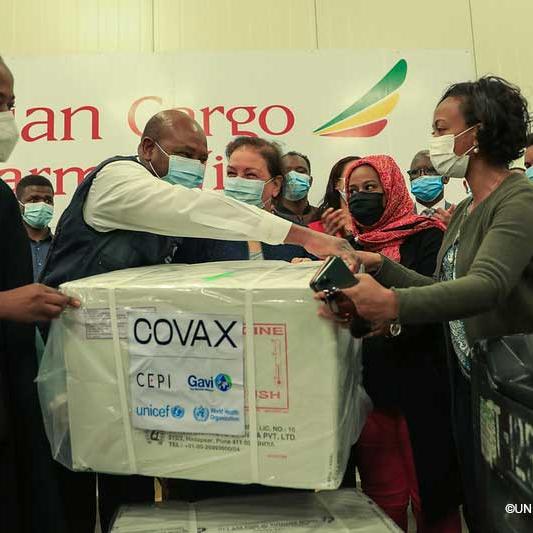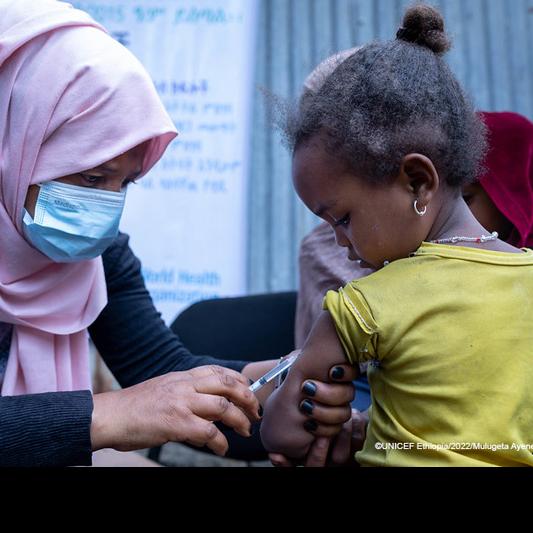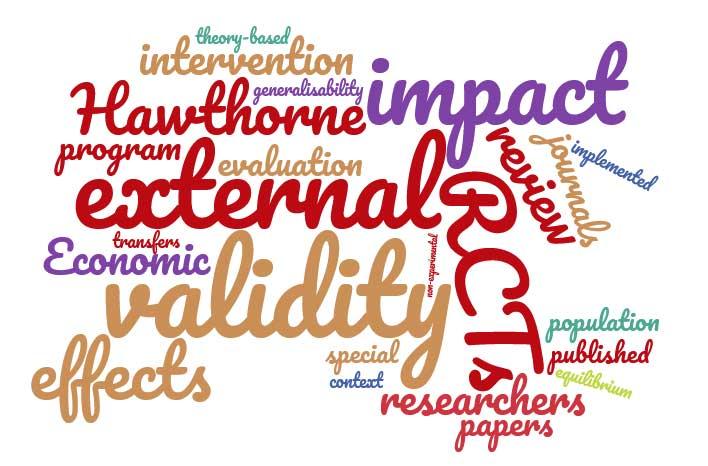Monica Jain

Designation
Lead Evaluation Specialist
Body
Monica reviews 3ie-funded research and manages 3ie-funded impact evaluation grants.
Monica is a development economist with more than fifteen years of experience in the area of evidence-based policies. Her research focusses on poverty and development issues, which include nutrition and health, education, labour and governance. Before joining 3ie she worked at the International Food Policy Research Institute (IFPRI) in Washington, DC, where she analysed food and nutrition security issues, especially related to children and women.
She has also worked at the World Bank’s Poverty Reduction and Economic Management unit in New Delhi where she carried out development policy-related research and facilitated the setting up of formal poverty and social monitoring systems in the Indian states of Uttar Pradesh and Karnataka. She also worked on the design and implementation of a Government of India project for strengthening the statistical system of India. As a research intern at the Brookings Institution in Washington, DC, Monica conducted research on transparency, accountability and governance issues.
Monica obtained her PhD in economics from the University of California, Riverside, and an MPhil and master’s degree in economics from the Delhi School of Economics.
Monica is a development economist with more than fifteen years of experience in the area of evidence-based policies. Her research focusses on poverty and development issues, which include nutrition and health, education, labour and governance. Before joining 3ie she worked at the International Food Policy Research Institute (IFPRI) in Washington, DC, where she analysed food and nutrition security issues, especially related to children and women.
She has also worked at the World Bank’s Poverty Reduction and Economic Management unit in New Delhi where she carried out development policy-related research and facilitated the setting up of formal poverty and social monitoring systems in the Indian states of Uttar Pradesh and Karnataka. She also worked on the design and implementation of a Government of India project for strengthening the statistical system of India. As a research intern at the Brookings Institution in Washington, DC, Monica conducted research on transparency, accountability and governance issues.
Monica obtained her PhD in economics from the University of California, Riverside, and an MPhil and master’s degree in economics from the Delhi School of Economics.









